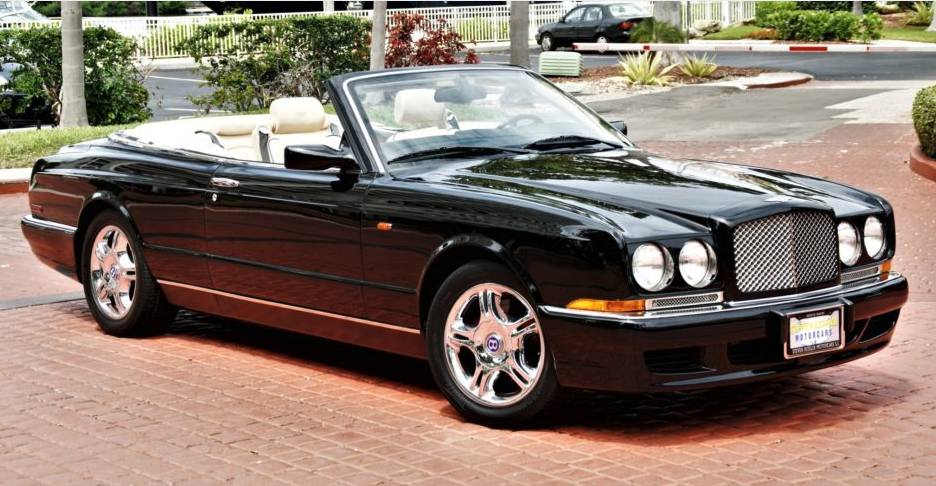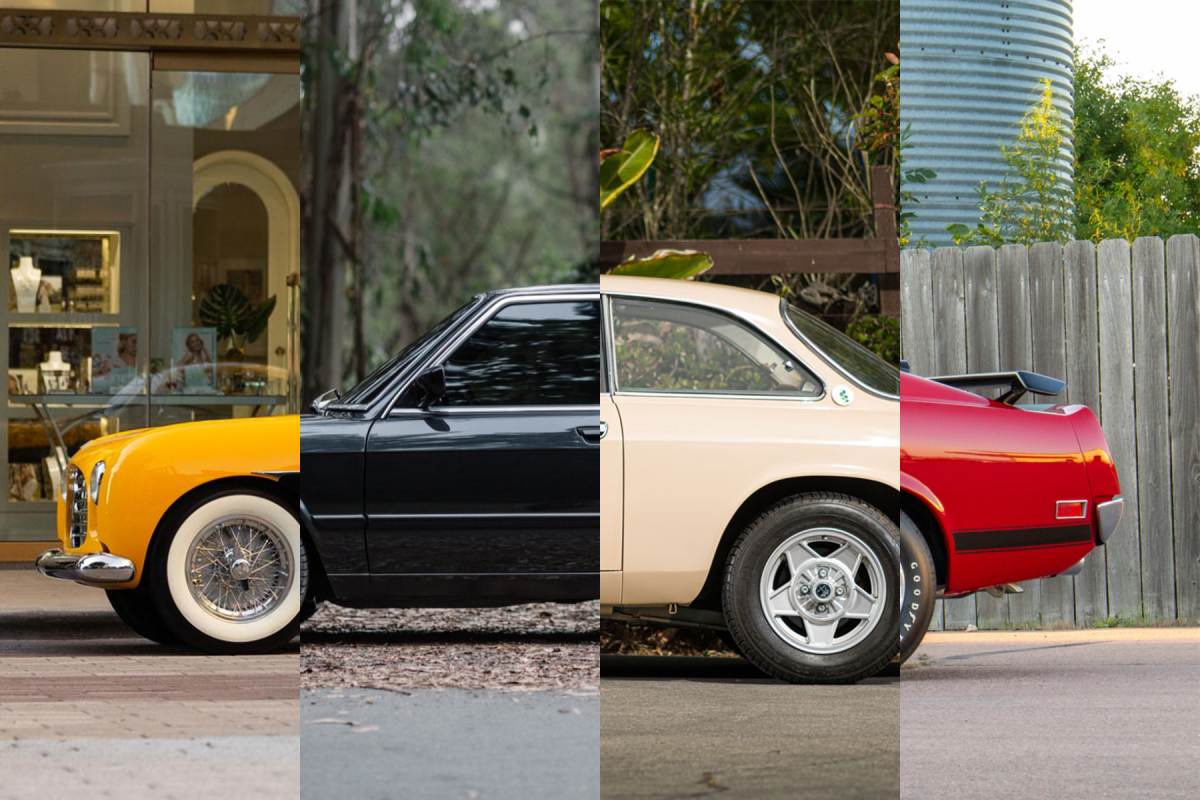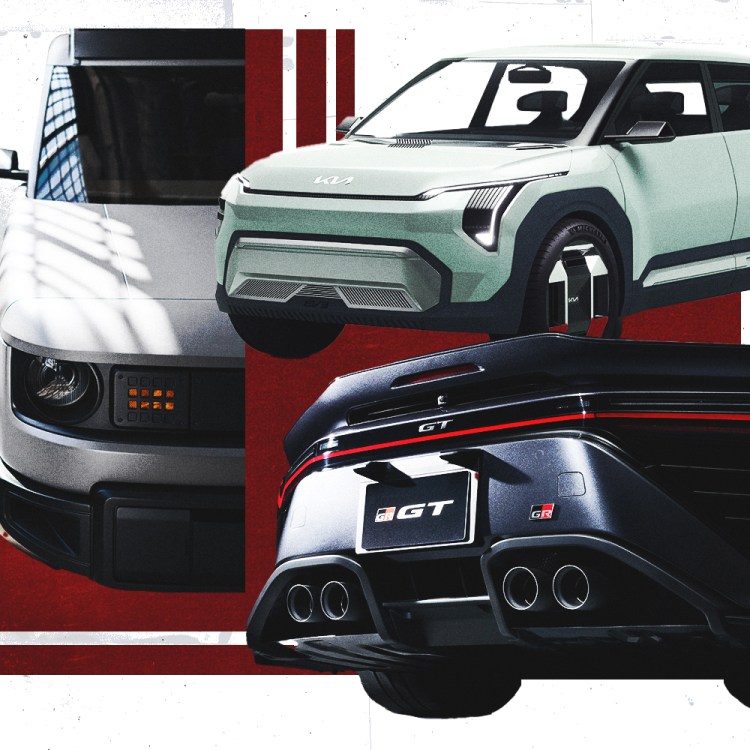In 1989, my father came home with a brand new Volvo 740 DL wagon, silver with a black leather interior. Dad had never really cared much for cars — except for that Volvo. He babied it, rushing it to the mechanic for the slightest scratch or at the subtlest cough of the engine. When he taught me to change a tire on the side of a busy highway he seemed more concerned about the car than our safety. Weekly trips to the car wash meant the car still sparkled long after its first 100,000 miles. And as the years progressed that station wagon became “one of those cars you just don’t see anymore.”
Like a wealthy widower, the Volvo received more suitors as it aged. In the commuter lot, admirers left notes under its wipers. At gas stations, people wanted to pay my dad cash on the spot for the car, offering more than the car was worth. He was loyal to the car for reasons I don’t quite understand— but it was the longest relationship he ever had.
Entertaining the idea of maybe buying a car of my own (but knowing I’d never act on the impulse), a friend told me about Bring A Trailer (B.A.T.), an auction site dedicated to rare and vintage cars. The first thing I did was look for Volvos. I found hundreds of them — and their devotees, practically slavering and cat-calling in the comments. Here were the people who’d pleaded with my father to sell his beloved Volvo. And there were similar displays of passion for cars of every make and model. It was my first introduction to the most interesting car cult on the web.
Sure, you could find a car on Craigslist or eBay or plenty of other online marketplaces, but B.A.T. is for the real enthusiasts. Whether you’re in the market for the exotic or the esoteric, you’ll be in good company browsing the site or following it on social media. According to co-founder Randy Nonnenberg, it’s B.A.T.’s fanatic community that really sets the site apart from the competition.
“The commenting community is really the most important part of B.A.T.,” Nonnenberg says. At first glance, it seems like any other comments section, then I realized that this was a rare place. There weren’t any trolls or spammy links. And nowhere else does a sighting of a 2002 Bentley Azure read like a Bruce Springsteen trying to write a Philip Larkin poem: “I remember the first Azure that gracefully wafted past me. I was 18, downtown on a beautiful warm summer night. So much presence as it pulled up to the stoplight… I can still remember the leather smell as he whooshed past.”

Nonnenberg can understand that passion. As a kid he obsessively read car magazines like AutoTrader just as any gearhead would, but he was particularly interested in the classifieds every weekend in the San Jose Mercury News. “I grew up reading car classifieds before I had any money to buy any car or even had my drivers license. This was all pre-internet stuff, in the ‘80s and early ‘90s,” Nonnenberg says. “As the internet came along as the place to list cars, I naturally went there and refined a hobby of searching for interesting cars that were out there.”
Nonnenberg regularly emailed his friends listings of interesting cars he found and vetted online. After a while, his friend Gentry Underwood encouraged him to consider sharing his discoveries with a larger audience. In 2007, the two co-founded B.A.T. Underwood, who also co-founded the now-defunct Mailbox app, brought the tech and design experience, and Nonnenberg was in charge of the cars and content.
“We set-up a very basic blog. There was no business model,” Nonnenberg says — the auction feature wouldn’t come until later. Nonnenberg kept his day job BMW, and B.A.T. was essentially a fun side project that let him talk about cars online. “You’re kind of speaking into an empty room for a pretty long time,” Nonnenberg says. But in time, they developed a following, and as the B.A.T. community became more engaged, the co-founders realized they’d have to get more involved before the site “low-quality circus environment” like the rest of the internet.
“You give the general public a wide open microphone and no rules and it sort of devolves, and it’s not particularly helpful or wonderful.” In addition to moderating, B.A.T. established commenting rules. For example: “Anyone can say a car sucks — real value is added when you can specify what is wrong and how it might be fixed.”
The B.A.T. staff is as engaged as the community. “We’re very present. We comment as ourselves in the discussion,” says Nonnenberg. “It’s like you’re hanging out in somebody’s garage or you’re hanging out at a big auction with a bunch of people you want to listen to, as opposed to hanging out in a giant mob of people and there’s no order.”
Of course, while Nonnenberg says the community is a major part of B.A.T.’s success and identity, it’d be nothing without the cars. Curation became especially important once they launched the auction feature in 2014 — they started with three auctions a week, and now they have 45 a day.
“If there’s a car on B.A.T. but there’s 71 of them also on your local Craigslist, why bid on it?” says Nonnenberg. “There has to be some reason that a car is not like every other car that’s parked outside the building. So we vet for things that are interesting, special, rare. It doesn’t have to be an exotic performance car, it can just be a regular one, but the condition can set it apart.” A new car that sold for a few thousand dollars in the ’80s might find a fanatic audience on B.A.T. and sell for over $30,000 at auction. When that happens, “everybody loses their minds,” Nonnenberg says,
It’s like you’re hanging out in somebody’s garage or you’re hanging out at a big auction with a bunch of people you want to listen to
“Whether it was their parents’ car that they got driven around in when they were younger, or their neighbor’s car, or the one that was at the dealer down the street that they always dreamed of,” nostalgia can play a major role in the auctions, Nonnenberg says. B.A.T. sometimes shares success stories for its buyers, like this honeymoon in a ‘79 Volvo — I shared this with my wife, but failed to get her to see the romance.
There’s also a high bar. Unlike eBay, before a car is listed for auction, it’s reviewed by B.A.T.’s staff, who aren’t just looking for cars that will fetch a high closing bid. “It’s a pretty egalitarian environment,” Nonnenberg says. “There are cars that are selling for $5,000, and there are cars that are selling for $500,000. It’s not a high-end only type of marketplace.” You’re just as likely to see cherry red Ferrari as you are a wood-paneled Jeep Grand Wagoneer. And there are plenty of vehicles you won’t see anywhere else. Maybe you don’t want a Volvo wagon, maybe an anti-tank Volvo is more your thing, or a tank with a Rolls Royce engine.
However, a car has to be more than interesting to be approved on B.A.T. The staff vetts every car as much as possible to ensure that it’s what the seller claims it is. They look up the car, the VIN, and, if it’s a first time seller, they’ll look them up too. “You know, the internet is an interesting place now for information, for better or worse,” Nonnenberg says. “There’s often a paper trail.” That’s a major difference from Craiglist or a used car lot, where you’re trusting the seller to be honest.
Nonnenberg recognizes that trust is essential wherever someone is buying or selling a car, and that a lot of people have good reason to fear getting ripped off. “The used car business as a whole…for ages has had a pretty terrible reputation because there are people with dubious integrity and people who don’t tell the truth, and people that cause problems,” Nonnenberg says, adding that they’re doing everything they can to make their community feel comfortable and safe. “It will never be perfect, but I feel like we’ve tried to make great strides to maintain a high level of integrity in the community.”

To make sure that sellers and buyers follow-through after the auction, B.A.T. requires that both parties have “skin in the game.” Sellers pay a $99 listing fee, and buyers are charged a 5 percent fee on top of the winning bid. This ensures that only serious people participate. And B.A.T. maintains a one-strike-and-you’re-out policy for anyone who doesn’t play by the rules.
“We have pretty sophisticated tools to be able to follow users,” says Nonnenberg. “If they are behaving in a way that we don’t think is in line with our values of integrity and follow-through and truthfulness, then they’re out of here.”
Sellers are also required to share a tremendous amount of information and photos. Videos are strongly encouraged. While some videos simply prove that a car is still street worthy, others are highly-produced and designed to build hype for unusual cars — like the one for this 1983 Honda City Turbo II, which comes with a fold-up motor-scooter that fits in the trunk.
Some of B.A.T.’s vetting practices can apply to any car listing: “Does it sound like their claims are really fanciful and crazy, or does it sound like they’re pretty grounded? Do they know what they’re talking about? Do they have humility or are the coming in making a bunch of claims that are unsubstantiated?”
From Nonnenberg’s point of view, you shouldn’t trust a two-line Craigslist ad with just three photos and an oddly capitalized headline that reads like it was assembled by a kidnapper. (However, there’s really no substitute for seeing the car yourself and kicking the tires in person.) Nonnenberg wants to see the flaws, not just the glamour shots. “Show where the scratches are, show where the wheels are nicked up, show where there’s cuts in the leather interior,” he says. Be suspicious of sellers who don’t take close-up shots, but feel more at ease with sellers who are clear about issues and wear and tear. “You have to show the bad with the good. That builds credibility.”
This article appeared in an InsideHook newsletter. Sign up for free to get more on travel, wellness, style, drinking, and culture.

























